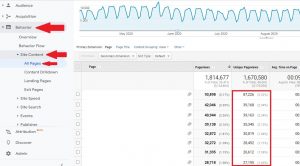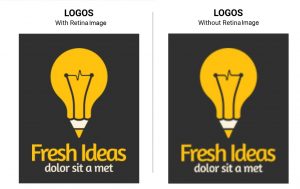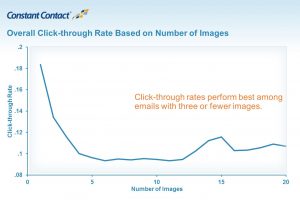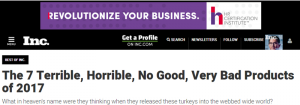Long-tail keywords represent 70%-80% of search query volume. Because of the complexity involved in targeting them directly, search marketers have historically resorted to targeting long-tail keywords using phrase match or broad-match modified (BMMs) keywords.
Marketers often ask whether bidding on Phrase matches and Broad Match Modified keywords gives them enough coverage of long-tail search queries or whether they can benefit from bidding on mid-tail and long-tail keywords more directly.
Marketers instinctively and empirically know that adding Exact match keywords improves their performance, since the ad copy and landing page can be tailored to the search query more appropriately. Thus, it is reasonable to expect that bidding directly on mid- and long-tail keywords will deliver better performance. With the long tail representing the vast majority of search queries, the opportunity for improvement can be highly significant.
Here we peel back the onion and explore various aspects of long-tail keyword bidding.
- Can bidding on long-tail keywords directly improve your average position and click-through rates and lower your cost per click?
- Can you increase your share of voice and your overall click and conversion volume by bidding directly on long-tail keywords?
- Can bidding directly on long-tail keywords increase your conversion rates and lower your cost per conversion or improve your return on ad spend?
The answer to all the above is a definitive yes.
We will be exploring all three of these topics in detail in the next few weeks, starting with the first topic today.
How can bidding on long-tail keywords directly improve average position and click-through rates and lower costs per click?
Bidding directly on mid-tail and long-tail keywords allows you to better tailor your ad content and landing page to user intent as expressed through the user’s search query. This unequivocally increases click-through rates and ad quality, which improves the average position of the ad and reduces cost per click. It also improves conversion rates, since the landing page is better suited to user intent. Experience has shown us that the impact on click-through rates and cost per click can be highly significant.
Let’s explore a sample customer account to understand the impact. In the example below, we added a good number of Exact match mid-tail and long tail keywords — let’s take a look at how this affected performance.
Exact keywords had higher click-through rates and better average position
In this example, the Exact long-tail keywords we added had a 9.0% click-through rate relative to a 4.9% click-through rate for the pre-existing keywords (fig. 1, on the left), which represents an 84% increase. The Exact long-tail keywords were also awarded a better average position than the pre-existing keywords (2.02 for the Exact keywords vs 2.44 for the pre-existing), probably due to their higher relevancy, which also contributed to a higher click-through rate (fig. 1, on the right).
One important point to note is that the Exact keywords we added were placed in existing ad groups; thus, better ad copy could not have been a contributing factor to higher click-through rates. Instead, the performance boost was due to better match between ad copy and search query/user intent.
Exact keywords had a lower CPC despite having a higher average position
But how did the cost per click of the Exact keywords compare to the pre-existing BMMs? The average position of the Exact keywords was better, so it is reasonable to expect that the cost per click would be higher as well. Or is it?
The Exact keywords had a 16% lower cost per click relative to the BMMs (fig. 2), despite their better average position. Should the average position of the Exacts been equal to the average position of the BMMs, the differential in cost per click would have been even more significant.
The main reason for the lower cost per click involves the competitiveness of the keyword — long-tail keywords tend to be less competitive and therefore command lower cost per click. The benefit from adding the Exact keywords was therefore twofold — more click volume and lower cost per click.
Summary
A long-tail keyword strategy can significantly improve front-end metrics such as click-through rates, average position and cost per click. We have seen this happen in many cases over the past year. But this is just the beginning of what can be achieved by having a good long-tail keyword strategy. In the next installments, we will take a look at how long-tail Phrase matches and BMMs can be used to achieve similar results as well as dive deeper into understanding how a long-tail keyword strategy can aid overall volumes and improve back-end metrics.
(48)
Report Post









